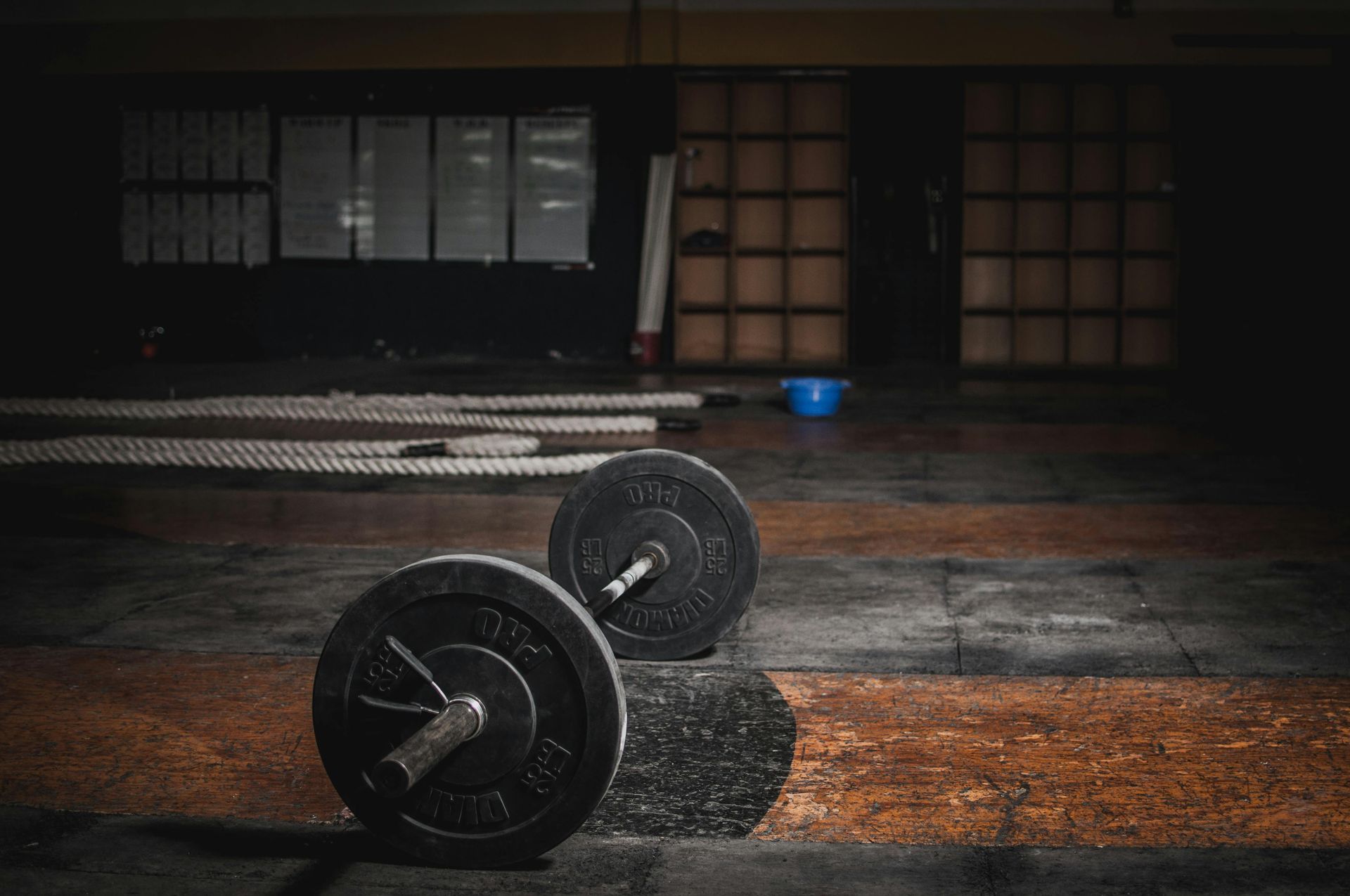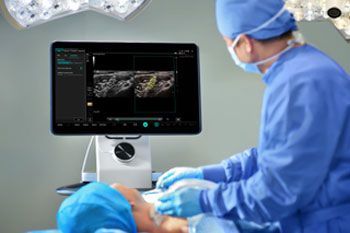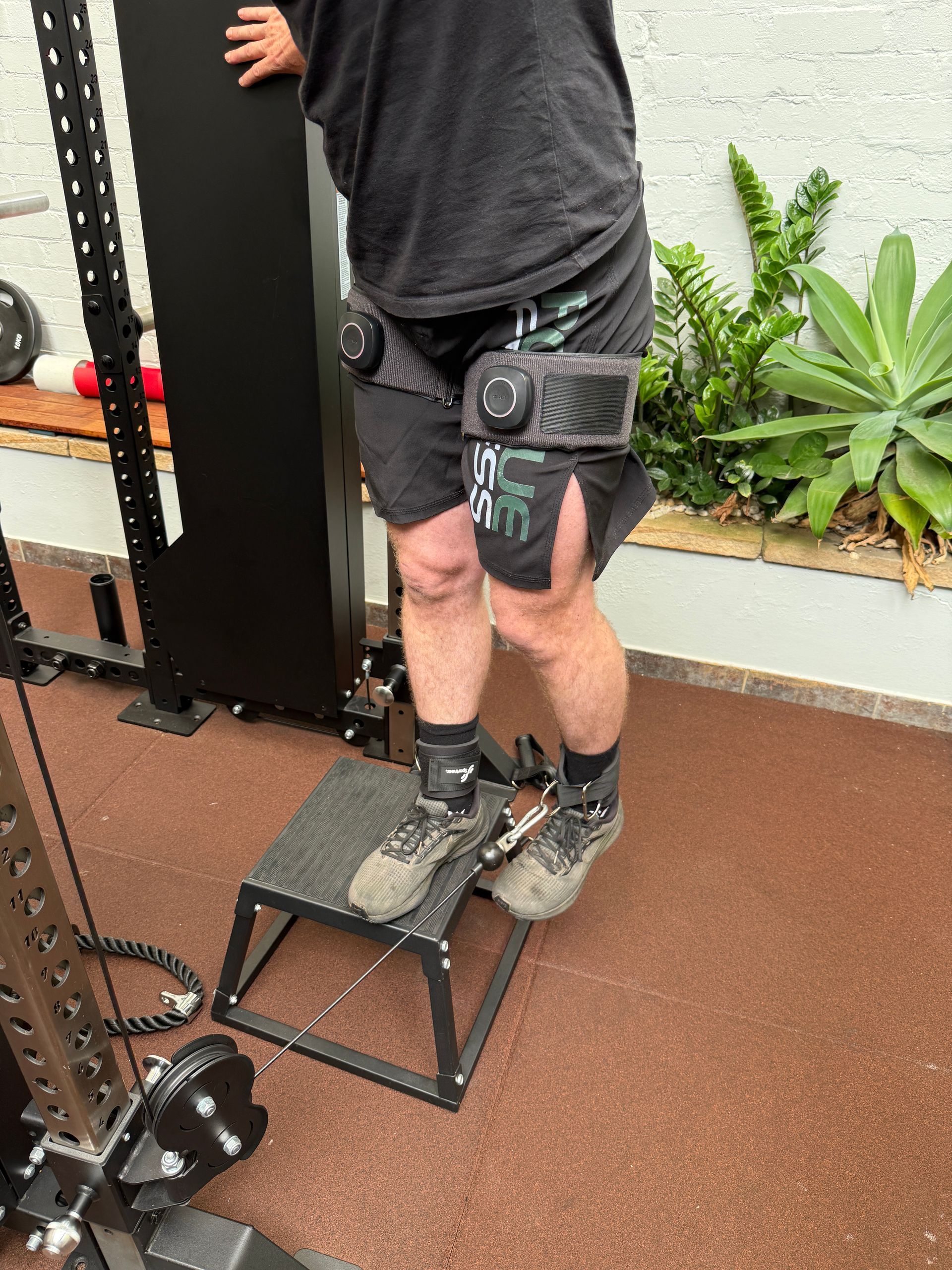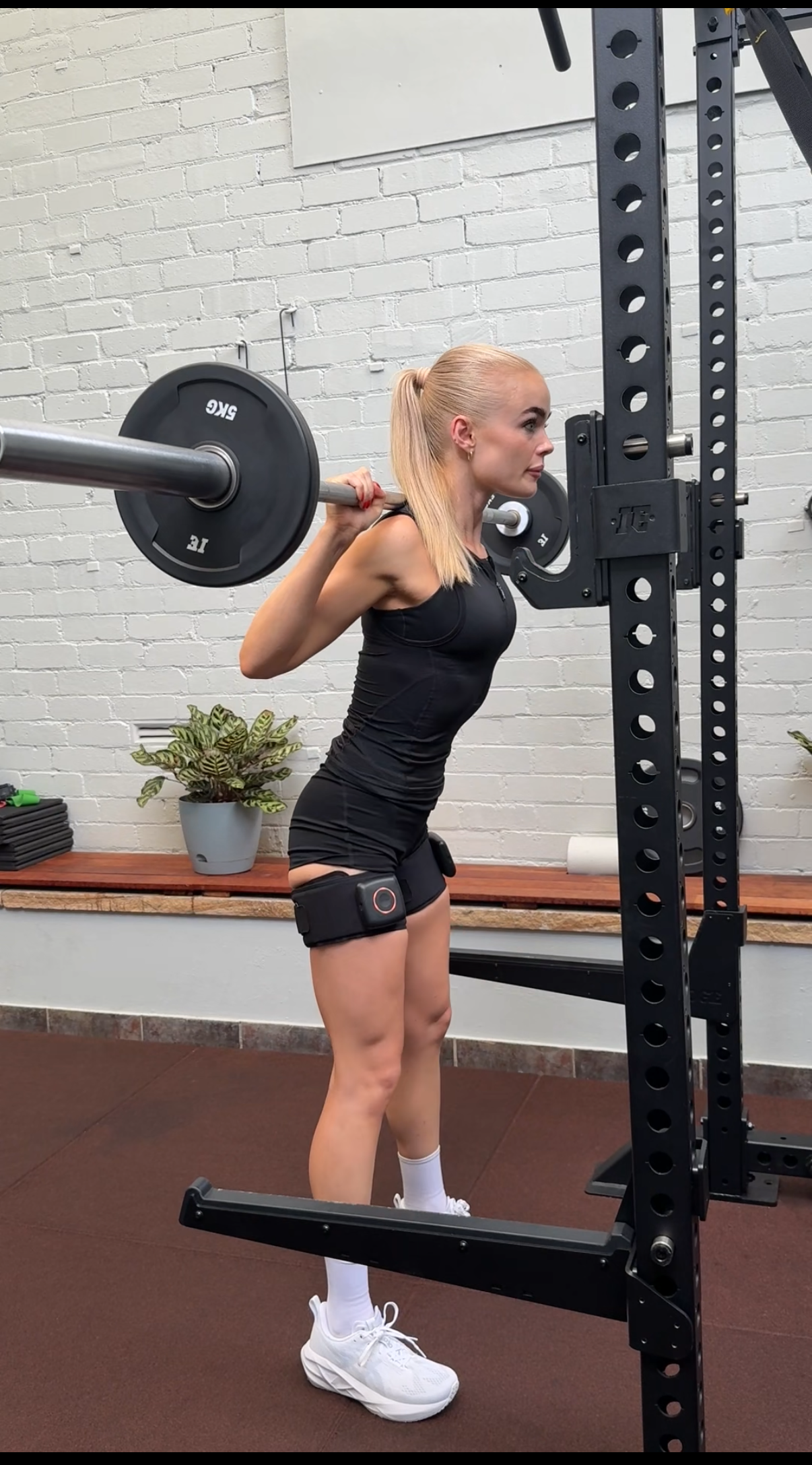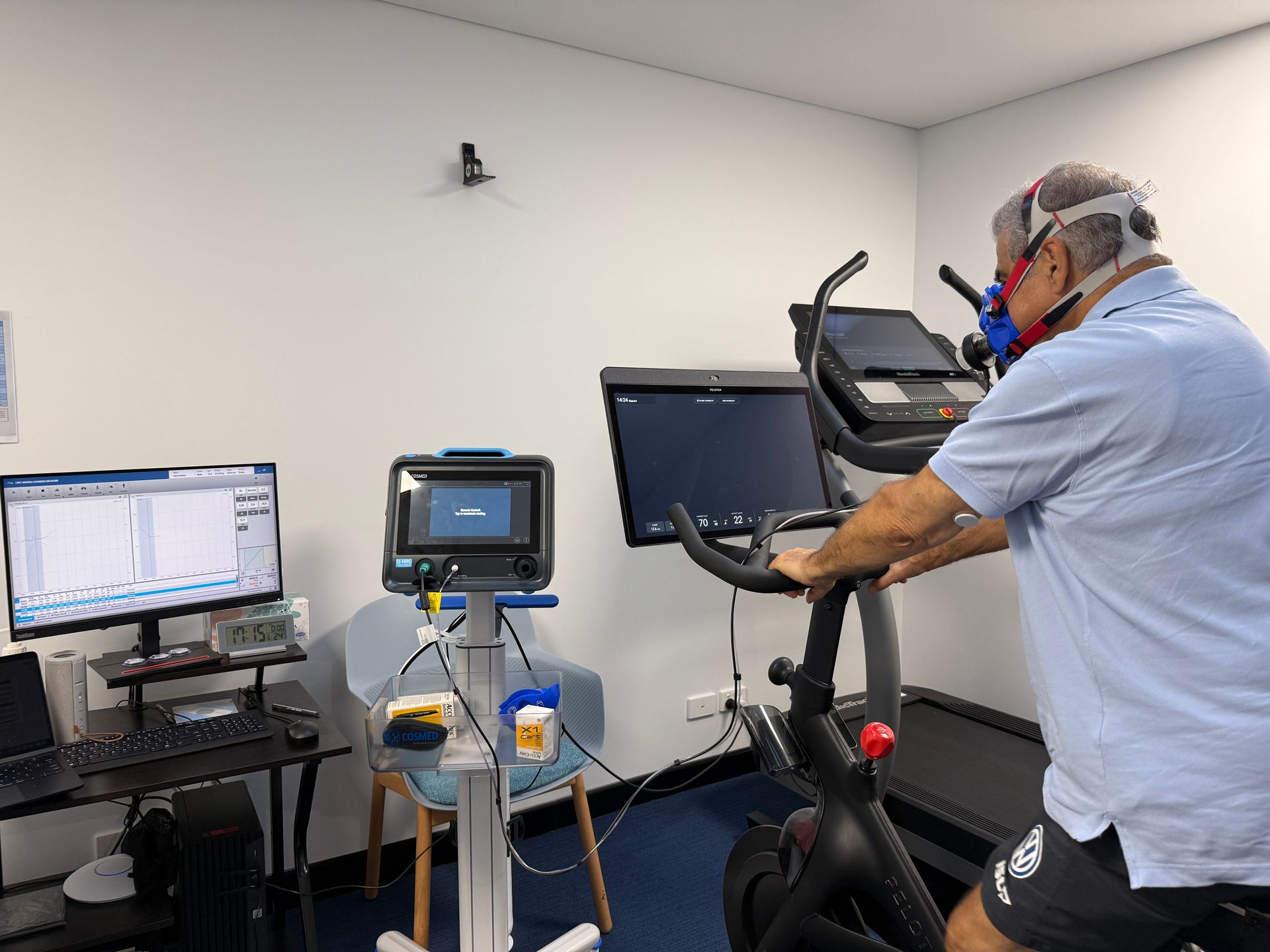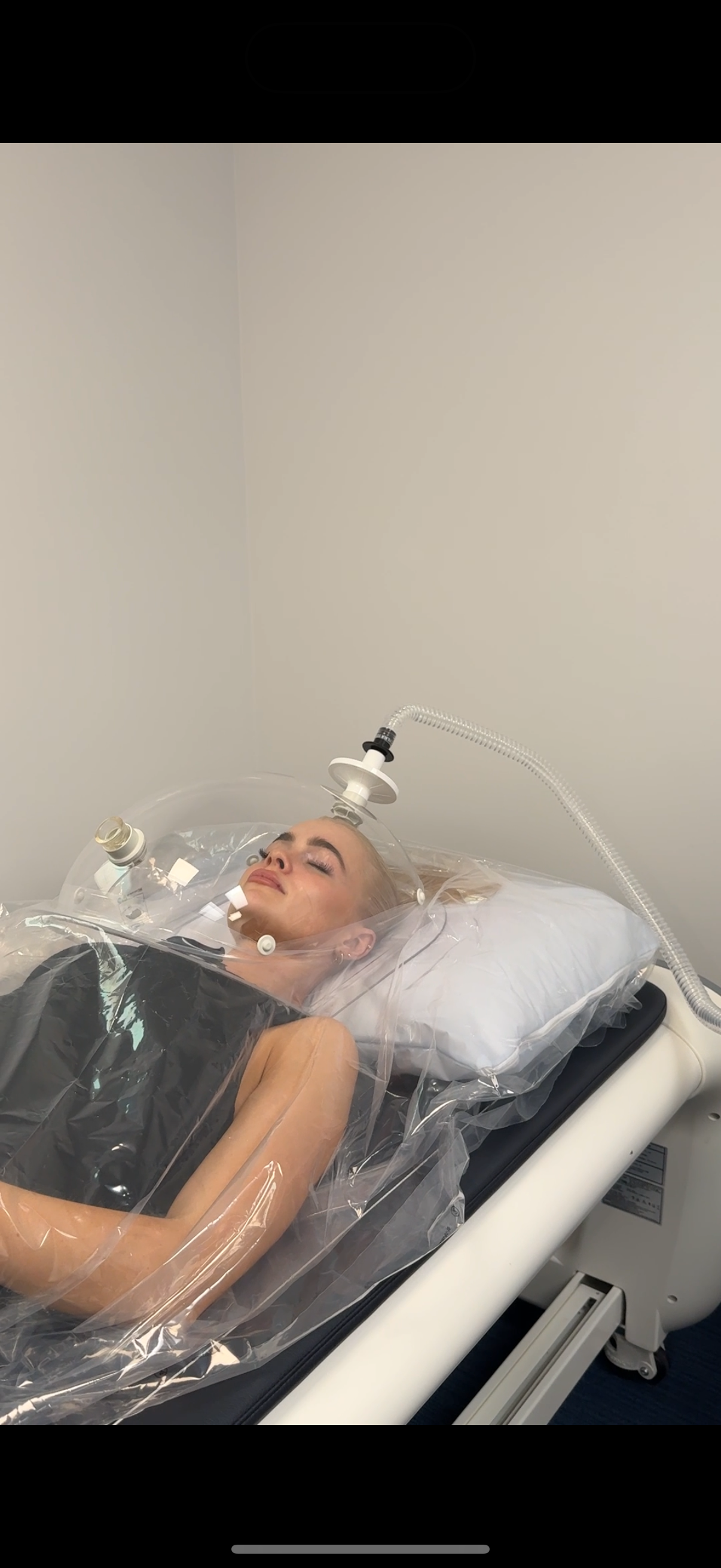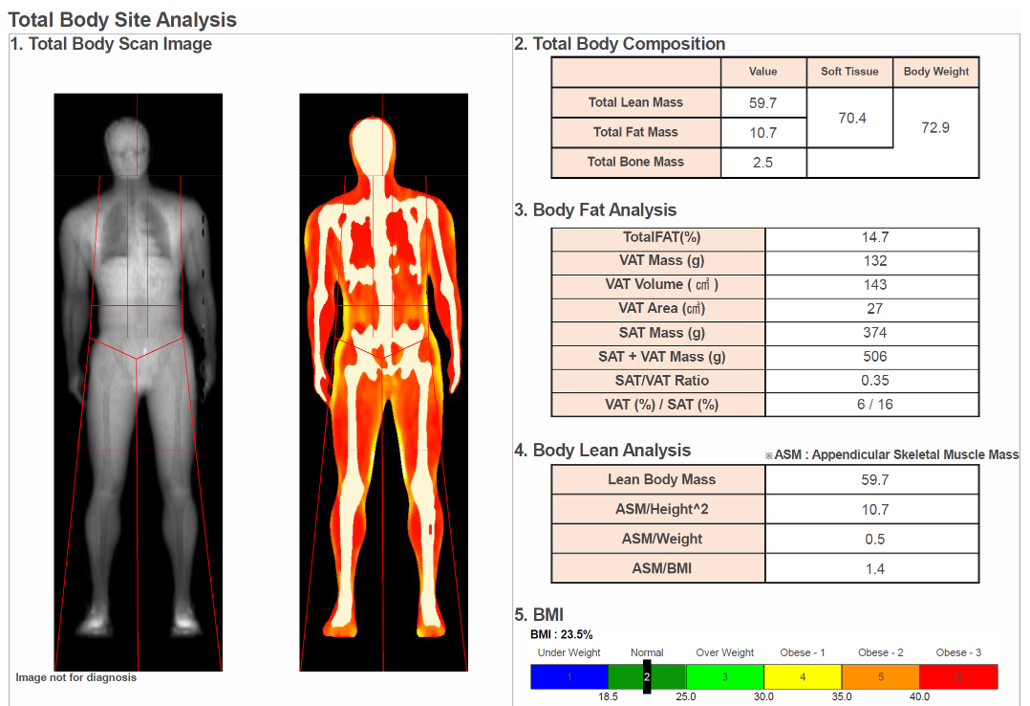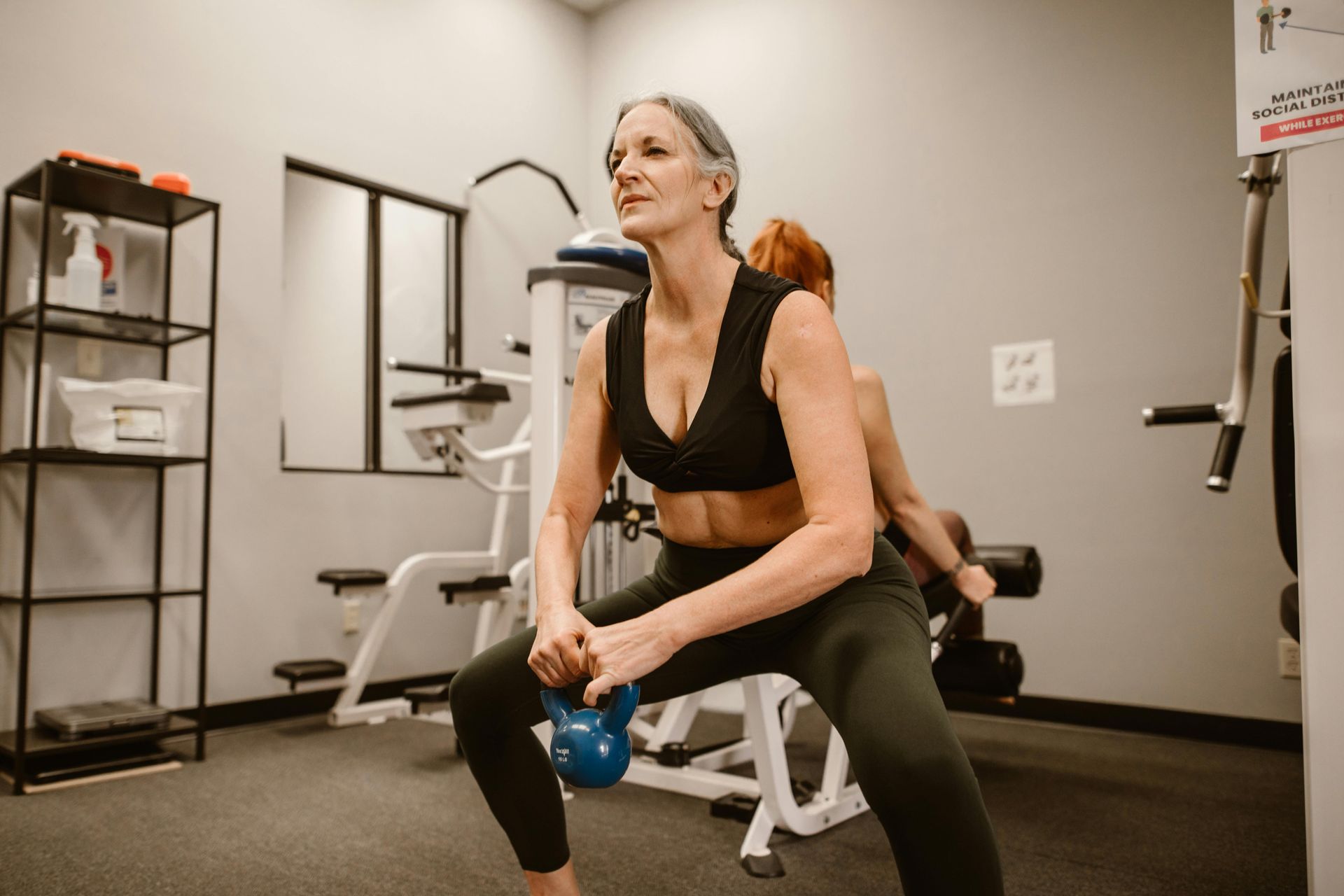VO2 Max Testing Sydney
Contact Cameron
Unlock Your Endurance Potential: The Benefits of VO2 Max Testing for Endurance Sports
Endurance sports, such as cycling, running, and triathlon, demand a fine-tuned combination of stamina, efficiency, and resilience. One of the most powerful tools available to athletes looking to optimize their performance is VO2 max testing. But what is VO2 max, and how can testing it transform your endurance game?
Here, we explore the science behind VO2 max, its significance in endurance training, and why testing at Progressive Sports Medicine in Leichhardt could be the key to unlocking your athletic potential.
What Is VO2 Max?
VO2 max is the maximum amount of oxygen your body can use during intense exercise. It’s a critical indicator of aerobic fitness and a key predictor of endurance performance. A higher VO2 max means your body can deliver and use oxygen more efficiently, powering your muscles during prolonged efforts.
Why Is VO2 Max Important for Endurance Athletes?
- Optimize Your Training Intensity
VO2 max testing identifies your current aerobic capacity, helping you set precise training zones. This ensures you're not wasting effort on training that's too easy or risking burnout from pushing too hard. - Track Progress Over Time
By regularly measuring your VO2 max, you can track how your fitness evolves with training. This data-driven approach allows you to refine your workouts and ensure continuous improvement. - Identify Strengths and Weaknesses
VO2 max testing not only measures your aerobic capacity but also reveals insights into your efficiency and metabolic thresholds. With this information, you can focus on areas that need improvement, whether it's increasing stamina or improving recovery times. - Customize Nutrition and Recovery Strategies
Understanding your VO2 max helps fine-tune your nutrition and recovery plans. Athletes with a higher VO2 max may have different caloric and hydration needs compared to those working on improving their capacity.
How Does VO2 Max Testing Work?
During a VO2 max test, you exercise on a treadmill or bike while wearing a mask that measures your oxygen intake and carbon dioxide output. At Progressive Sports Medicine in Leichhardt, trained professionals guide you through the process, ensuring accurate results and providing actionable insights tailored to your fitness goals.
The Endurance Athlete's Edge
Whether you're a seasoned marathoner or a weekend warrior, VO2 max testing can give you the competitive edge you’re looking for. Armed with a deeper understanding of your body's capabilities, you can train smarter, race harder, and recover faster.
Why Choose Progressive Sports Medicine in Leichhardt?
Progressive Sports Medicine in Leichhardt offers state-of-the-art VO2 max testing in a supportive and professional environment. Our experienced Exercise Physiologist Cameron (insert hyperlink to my BIO) will ensure you receive accurate results and expert guidance on how to use your VO2 max data to improve performance.
Investing in VO2 max testing at Progressive Sports Medicine isn’t just about numbers—it's about empowering you to achieve your endurance goals and excel in your chosen sport.
Take the First Step Toward Your Best Performance
Endurance sports are as much a test of strategy as they are of strength. VO2 max testing offers the insight and direction you need to train smarter and perform at your peak.
Book your VO2 max test today at Progressive Sports Medicine in Leichhardt and take the first step toward unlocking your true endurance potential.
Ready to transform your performance? Visit Progressive Sports Medicine or contact Cameron Hyde to schedule your VO2 max test and start your journey toward endurance excellence.
